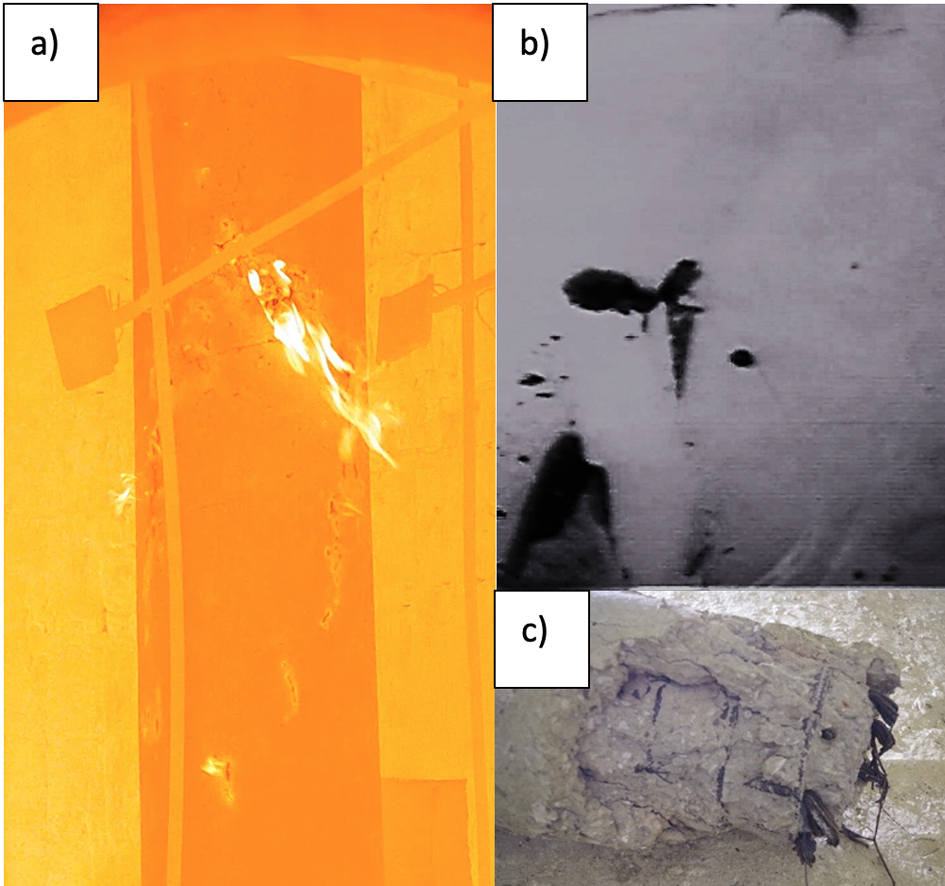Comparative analysis of the BFRP and steel reinforcement bars under fire conditions
1
Faculty of Civil Engineering, Mechanics and Petrochemistry, Warsaw University of Technology, Poland
2
Fire Research Department, Building Research Institute, Poland
Submission date: 2023-08-18
Acceptance date: 2023-10-03
Publication date: 2024-06-19
Corresponding author
Małgorzata Wydra
Faculty of Civil Engineering, Mechanics and Petrochemistry, Warsaw University of Technology, Poland
Faculty of Civil Engineering, Mechanics and Petrochemistry, Warsaw University of Technology, Poland
Archives of Civil Engineering 2024;70(2):371-385
KEYWORDS
TOPICS
ABSTRACT
The FRP reinforcement gained importance due to high tensile strength, high durability and ecological friendliness. Its usefulness as the internal or Nearly Surface Mounted reinforcement in bent concrete elements has already been proven. Though, in terms of the compressive behaviour of the bars and concrete elements incorporating them, there are still few experimental and numerical considerations, especially when high temperatures are considered. This article contains further considerations on the performance of concrete columns with BFRP main reinforcement in fire resistance tests on the basis of previously presented authors’ numerical analyses. Comparative analysis in terms of temperatures, deformations and stresses of concrete columns with BFRP and steel main reinforcement in fire resistance tests is presented by the example of two columns, for which also experimental investigations were performed. Also, a comparative analysis of stress-strain relations for BFRP, steel and concrete at temperatures up to 600°C is presented. It can be concluded that BFRP bars’ properties are strongly different when compressive and tensile performance is considered, especially at elevated temperatures. Tensile strength was higher for BFRP than steel at room temperature, but along with temperature growth, it came the other way (at around 600°C). The compressive strength of the BFRP bars was higher than the value for concrete, but only for temperatures lower than 200°C.
Share
RELATED ARTICLE
We process personal data collected when visiting the website. The function of obtaining information about users and their behavior is carried out by voluntarily entered information in forms and saving cookies in end devices. Data, including cookies, are used to provide services, improve the user experience and to analyze the traffic in accordance with the Privacy policy. Data are also collected and processed by Google Analytics tool (more).
You can change cookies settings in your browser. Restricted use of cookies in the browser configuration may affect some functionalities of the website.
You can change cookies settings in your browser. Restricted use of cookies in the browser configuration may affect some functionalities of the website.




